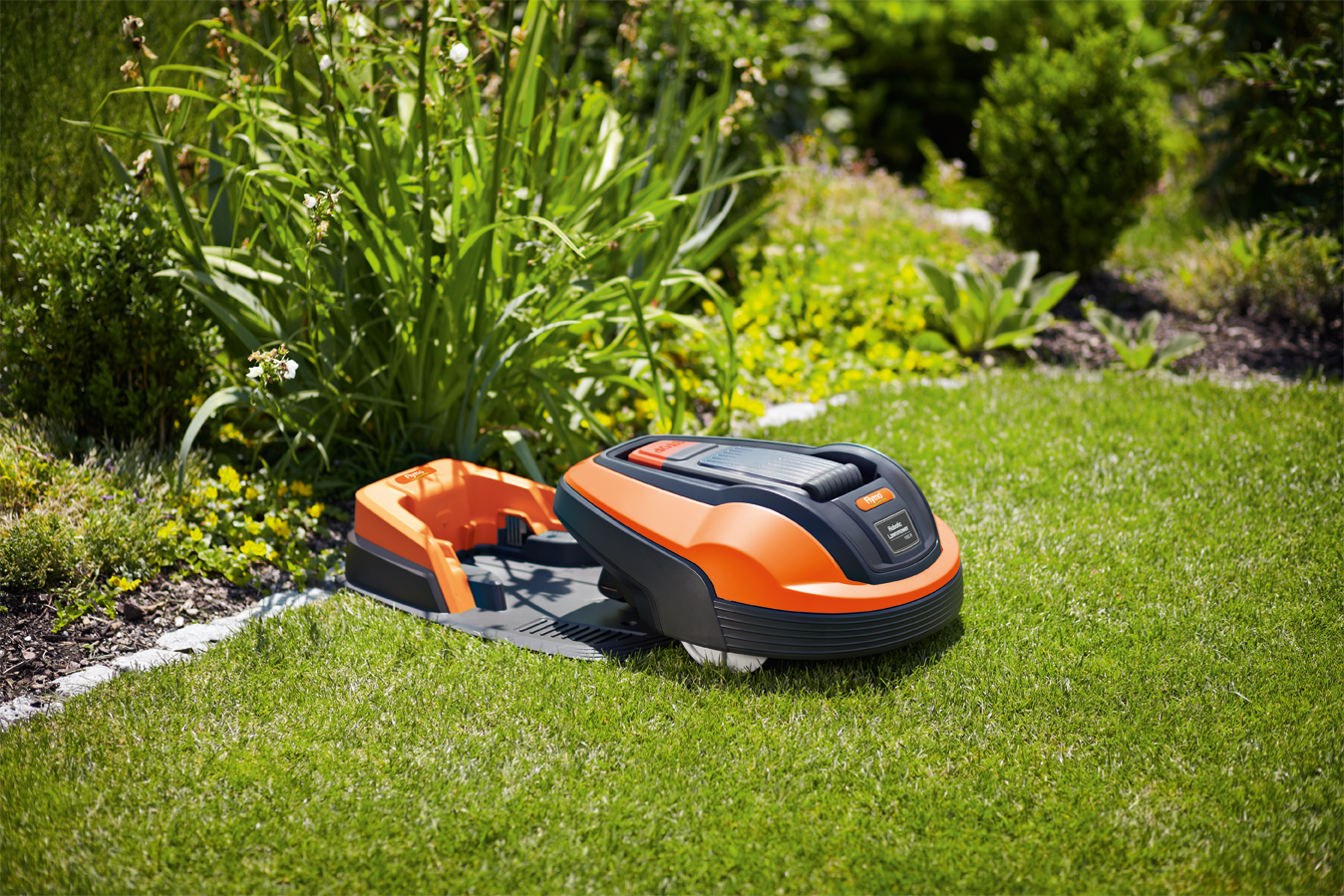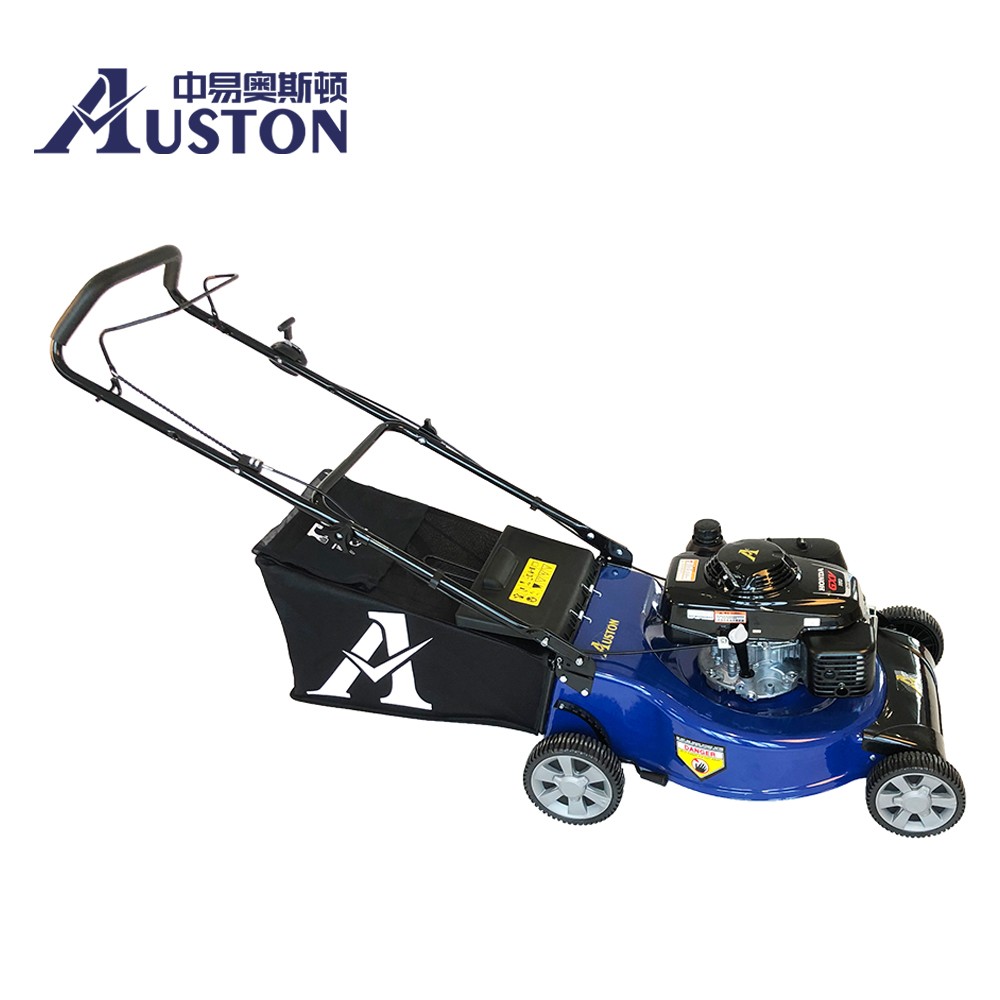

Īs of 2019, vision-based robotic mowers, without perimeter wire, were announced. In 2012, the Bosch Indego introduced lawn mapping, to mow in a systematic manner instead of a random pattern. In 1992, the first fully solar powered robotic mower is patented by André Collens and sold to Husqvarna which markets it in 1995. It weighed 125 pounds (57 kg), was selling for $800 ($5600 in 2020 dollars ) and had an autonomy of 3 hours and 3,000 square feet (280 m 2) In 1969, the MowBot is introduced and patented by S Lawrence Bellinger and already showing many features of today's most popular products. One exception is the Bosch robotic lawn mower "Indego" which creates a map of the users garden and then tackles the task in a systematic manner, similar to the more modern robotic vacuum cleaners. Depending on the lawn size, this might take a very long time, so the machine must more or less be in continuous operations.

Basically the machine bounces around on the lawn until it hits the boundary wire limiting the working area, then changes heading until it hits the wire again. The vast majority of robotic lawn mowers tackle the task utilizing a "random" mowing system. Modern robotic lawn mowers can contain specialized sensors, allowing them to automatically mow around obstacles or even go to sleep when it starts to rain. With the emergence of smart phones some robotic mowers have integrated features within custom apps to adjust settings or scheduled mowing times and frequency, as well as manually control the mower with a digital joystick. In 2012, the growth of robotic lawn mower sales was 15 times that of the traditional styles.

Robotic lawn mowers represented the second largest category of domestic robots used by the end of 2005. Robotic lawn mowers are increasingly sophisticated, are self-docking and some contain rain sensors if necessary, nearly eliminating human interaction. Robotic mowers are capable of maintaining up to 30,000 m 2 (320,000 sq ft) of grass. The robot uses this wire to locate the boundary of the area to be trimmed and in some cases to locate a recharging dock. A typical robotic lawn mower (in particular earlier generation models) requires the user to set up a border wire around the lawn that defines the area to be mowed. A robotic lawn mower with visible track marks in a lawn indicating the random way it cuts the grass Video of a robotic lawn mower, the smallest model sold by company Gardena built by Husqvarna, in a garden with 40 m 2Ī robotic lawn mower is an autonomous robot used to cut lawn grass.


 0 kommentar(er)
0 kommentar(er)
